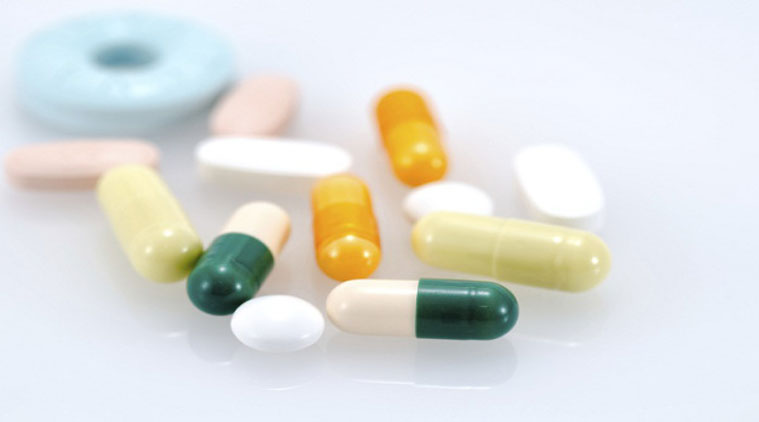Withdrawal of duty cuts: who is affected and by how much
All 76 drugs will now be subject to normal rates of basic duty at 7.5% and countervailing duty at 12.5%. Currently, 15 of the 76 items attract 0% duty, others 5%.
 In the pharma industry, there is duty on the raw material and exemption in the finished product amounting to the same tax that was paid on the raw material.
In the pharma industry, there is duty on the raw material and exemption in the finished product amounting to the same tax that was paid on the raw material.
What has the government decided?
Last month’s notification laid down categories in which current Customs duty exemptions were to continue. Sixty-one bulk drugs and 15 formulations were removed from the list — including imported and locally manufactured drugs; drugs marketed both by companies that hold the patents for the molecules, and those that manufacture generic versions. All 76 drugs will now be subject to normal rates of basic duty at 7.5% and countervailing duty at 12.5%. Currently, 15 of the 76 items attract 0% duty, others 5%.
How much will prices of the drugs rise?
In the pharma industry, there is duty on the raw material and exemption in the finished product amounting to the same tax that was paid on the raw material. However the actual price rise post exemption will be a function, among other things, of the selling price of the drug. This would mean MNCs that hold patents for certain life-saving drugs, and usually sell them for far more, would be at a disadvantage — because after the withdrawal of exemption, the absolute amount by which the price would have to be increased would be more for them. Local companies will suffer a smaller increase. Almost all drugs now off the list are also manufactured by local companies. For example, Glivec, for which Novartis holds the patent everywhere except India, is available in its generic avatar as Imatinib mesylate, and is manufactured by six Indian companies.
[related-post]
How has the pharma industry reacted?
It has by and large welcomed the move, saying it would encourage local manufacturers and reduce India’s dependence on Chinese bulk drugs imports. In October last year, the Indian Drug Manufacturers’ Association had lobbied for a removal of duty exemptions to provide a “level playing field” to Indian companies.

To what extent is India dependent on China for drugs raw materials?
In December 2014, the government told Parliament that 12 essential drugs — Paracetamol, Metformin, Ranitidine, Amoxicillin, Ciprofloxacin, Cefixime, Acetyl salicylic acid, Ascorbic acid, Ofloxacin, Ibuprofen, Metronidazole and Ampicillin — were significantly dependent on imports. Approximately 80-90 % of these imports are from China. In November, the Health Minister had said India had more than doubled the import of bulk antibiotic drugs from China.



- 01
- 02
- 03
- 04
- 05


































